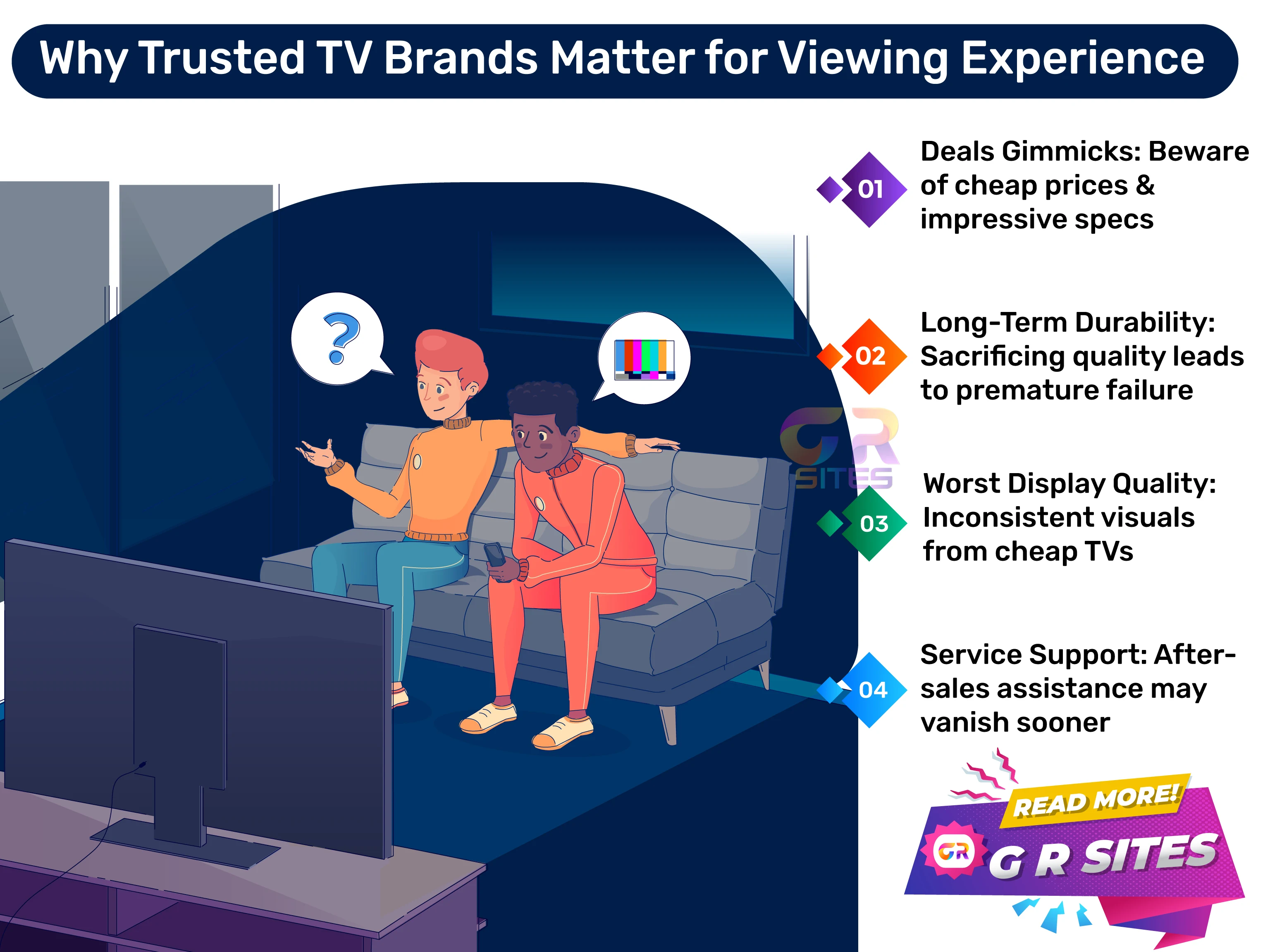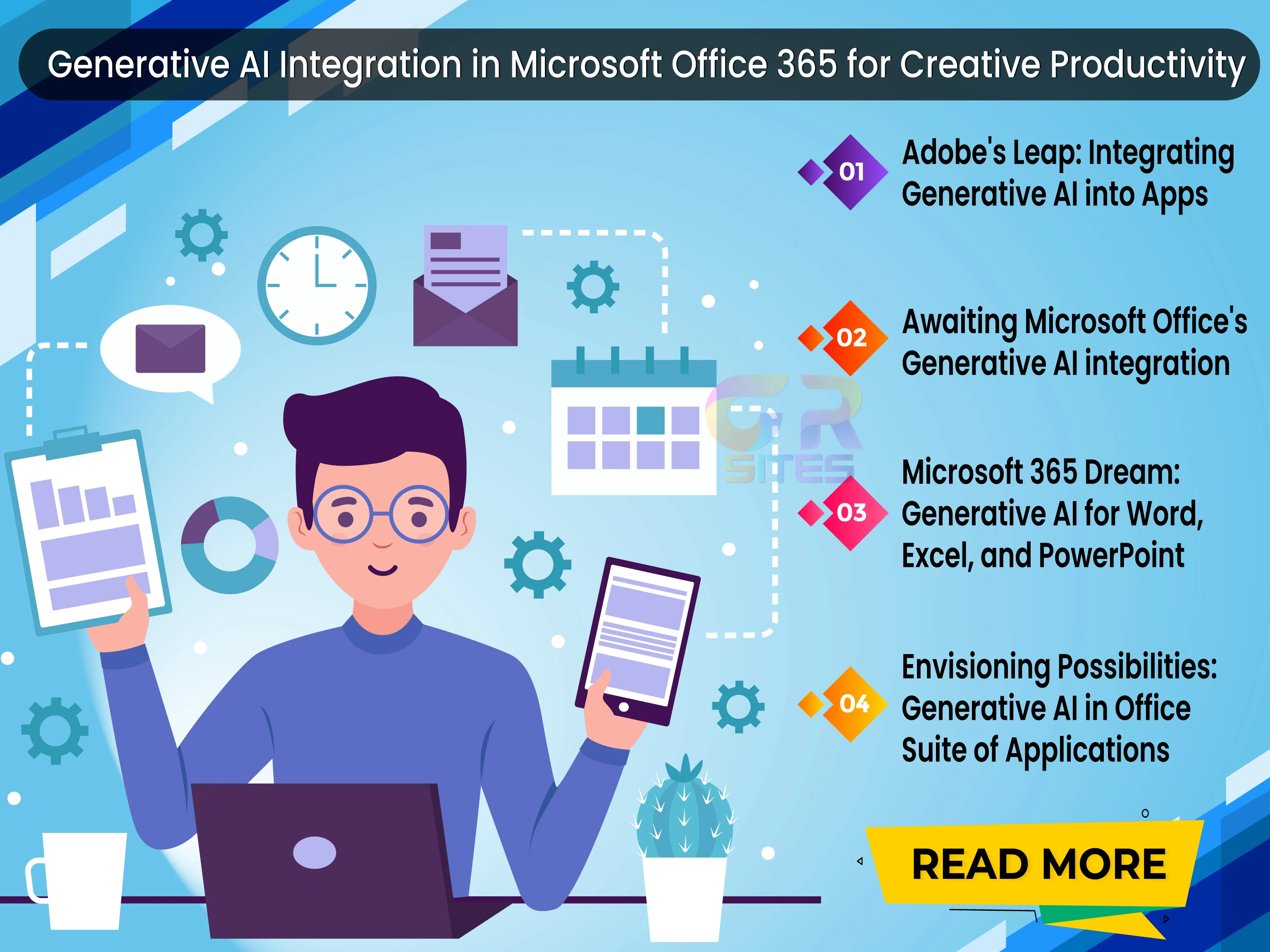As a dedicated user of the Apple ecosystem, you've experienced the seamless integration and convenience that Apple products offer across your iPhone, iPad, MacBook, AirPods Pro, and Apple Watch. However, amidst the harmonious synergy of your devices, there remains a glaring inconvenience: the limitations of the Apple Watch charging cable. Join us as we delve into the frustrations faced by users like yourself and explore the possibilities for innovation in Apple's charging technology to bridge the gap between devices.
The Frustration of Limited Functionality:
As an avid adopter of Apple's ecosystem, I've embraced the convenience of recently adopted USB Type-C charging options across your devices. However, the disparity in functionality between the Apple Watch charging cable and other charging solutions has left many users like me feeling frustrated. Let's explore the challenges posed by the current state of Apple Watch charging:
- Single-Device Functionality: Unlike the recently adopted USB Type-C cables that offer cross-device compatibility, the Apple Watch charging cable serves only a single purpose, limiting its utility and convenience.
- Cross-Device Compatibility: With the proliferation of wireless charging technology, users expected seamless integration and interoperability between their devices. However, the lack of compatibility between the Apple Watch charger and other Apple devices hinders the user experience.
- Charging Brick Dependency: While USB Type-C charging cables offer versatility and simplicity, the need for separate charging bricks for each device detracts from the streamlined aesthetic and convenience of the Apple ecosystem.
- Innovation Stagnation: Despite advancements in charging technology across Apple's product lineup, the Apple Watch charging cable remains unchanged since launch in 2015, highlighting a missed opportunity for innovation and integration within the ecosystem even in 2024.
Exploring Wireless Charging Solutions:
In the quest for a more seamless and integrated charging experience, users have begun exploring alternative solutions to enhance cross-device compatibility and convenience. Let's delve into the potential for wireless charging technology to revolutionize the Apple ecosystem:
- Wireless Charging Innovation: With the advent of MagSafe and Qi wireless charging technology, Apple has demonstrated its commitment to enhancing the user experience and simplifying device charging.
- Potential for Integration: By incorporating wireless charging capabilities into the Apple Watch charging cable, users could enjoy the flexibility of wirelessly charging their AirPods or iPhone using a single charging solution.
- Streamlined Charging Experience: Eliminating the need for separate charging cables and bricks for each device would streamline the charging process, reducing clutter and enhancing user convenience.
- Future Possibilities: As wireless charging technology continues to evolve, there is boundless potential for Apple to innovate and integrate cross-device charging solutions into its ecosystem, further enhancing the user experience and driving adoption.
In conclusion, the limitations of the Apple Watch charging cable represent a significant obstacle to the seamless integration and convenience that users have come to expect from the Apple ecosystem. So, let's close the loop and evolve Apple Watch charging to unlock seamless integration and convenience across the ecosystem.
In this article, we have explored the frustrations faced by users like yourself with the limited functionality of the Apple Watch charging cable and proposed solutions to enhance cross-device compatibility and convenience. By delving into the challenges posed by the current state of Apple Watch charging, exploring the potential for wireless charging technology, and advocating for innovation, we aim to spark dialogue and drive progress within the Apple ecosystem. As passionate advocates for user-centric design and innovation, we have the power to shape the future of charging technology and unlock new possibilities for seamless integration and convenience across Apple devices.



